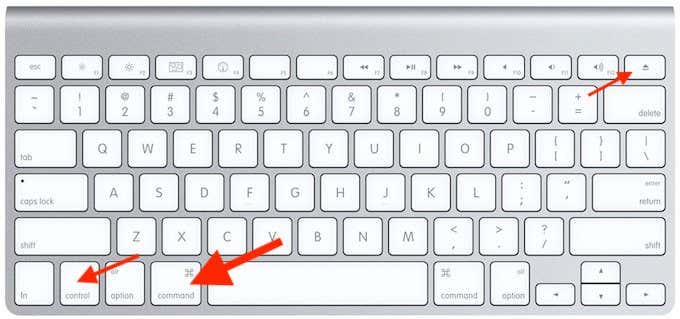


#How to restart a mac with command password

You can follow the steps below to check if you can boot your Mac into Recovery Mode with Command + R this time. How long to press down the two keys and when to release them are crucial for entering macOS Recovery. Check if you use Command + R keys properly And for macOS Sierra launched in 2016 or earlier, it doesn't offer all options in Recovery Mode.
#How to restart a mac with command mac os x
Note: If your Mac runs Mac OS X 10.6 Snow Leopard or older, there's no recovery partition available. And consequently, fix the Mac Recovery Mode not working issue. You can troubleshoot the malfunctioning Command R with the following solutions. Any of these can bring about the Command R not working even on macOS Big Sur and Monterey. For example, your inappropriate way of using Command R keys, faulty keyboard, Mac corruption, OS bug, etc. The reasons for Command R on Mac not working are various. Reset Mac or reinstall macOS without Command R Try different combinations to replace Command + R keys.Check if your way to use Command + R is right.Solutions to make Command R workable again What to do when Command R not working on Mac/MacBook: In addition, it enables you to factory reset your Mac or reinstall macOS even if Command-R doesn't work. Then, you can enter macOS Recovery Mode again. Here, this post will help you fix the Command R not working issue. It prevents your Mac from entering Recovery Mode. Oops! The Command R is not working on your MacBook Pro, MacBook Air 2020, iMac, or so. Unexpectedly, your Mac fails to boot in Mac Recovery Mode but starts up normally or shows a blank or black screen. At the moment I only know that the lo0 interface is the "loopback" interface.You press the Command-R shortcut keys during Mac startup, trying to enter the built-in Recovery Mode to reinstall macOS or reset your Mac. When I first tried en1 and it didn't work, I used this command to find out that my MacBook Air only has the en0 interface. Inet6 fe80::1%lo0 prefixlen 64 scopeid 0x1 If you need to see the network interfaces on your Mac OS X system, use this command: I'll stick with the first command for now, since I've used ifconfig for something like. However, by replacing airport with en0, this command works just like this previous command:īoth commands turn off the wi-fi icon in the Mac menu bar when you issue the down/off commands, and turn the icon back on when you issue the up/on commands. Turning off the only airport interface found: en0 $ networksetup -setairportpower airport off This command does not work on my MacBook Air as shown it yields this error: You turn the power back on with this command: Networksetup -setairportpower airport off You turn off the power with this command: I saw a different approach on this web page. You bring it back up/online in the same way: On my MacBook Air it's en0, so I'll show that here: This command shuts down the en0 or en1 interface, which is typically the AirPort wireless interface. The first is the old-school approach of using the ifconfig command. It looks like there may be a couple of ways to restart Mac networking - AirPort to be specific - from the Mac command line. Using an ad blocker? just a $2 donation at will help keep this site running


 0 kommentar(er)
0 kommentar(er)
